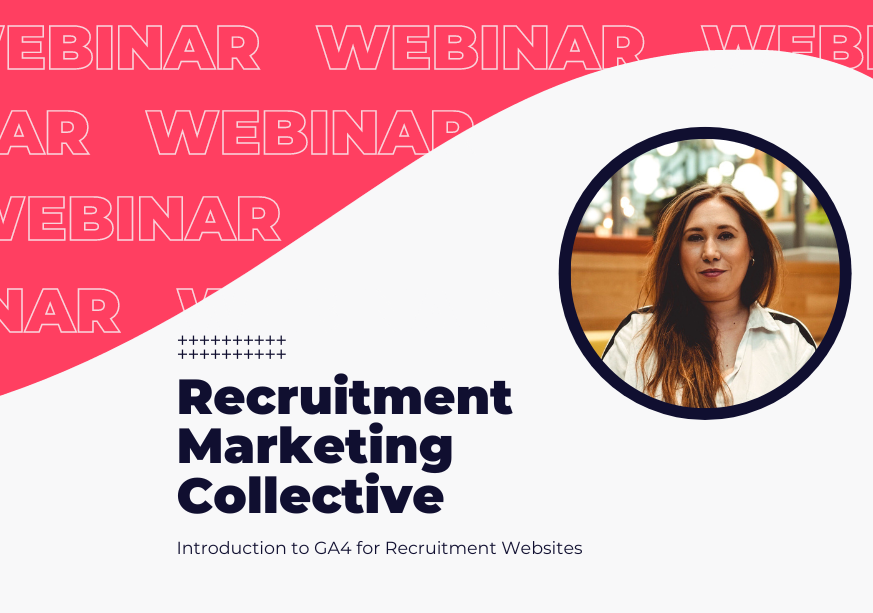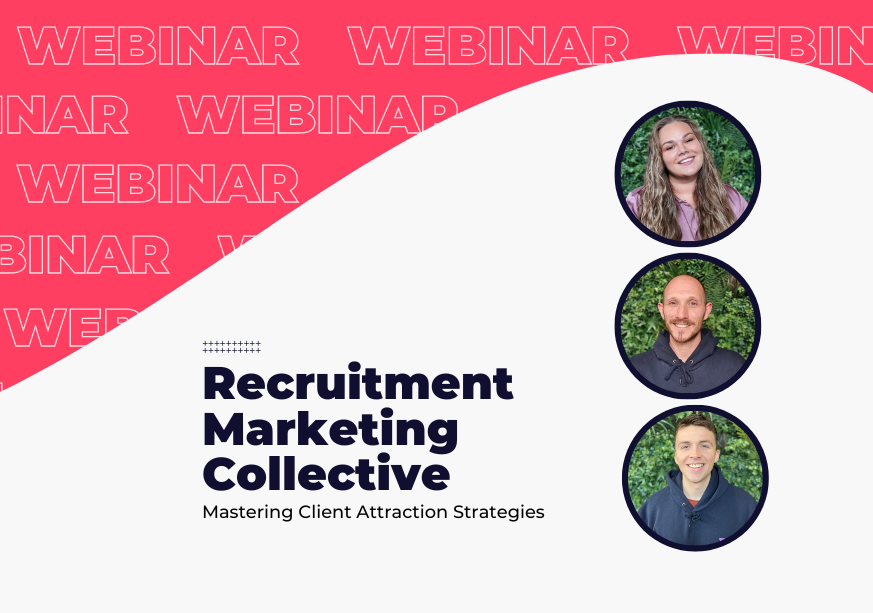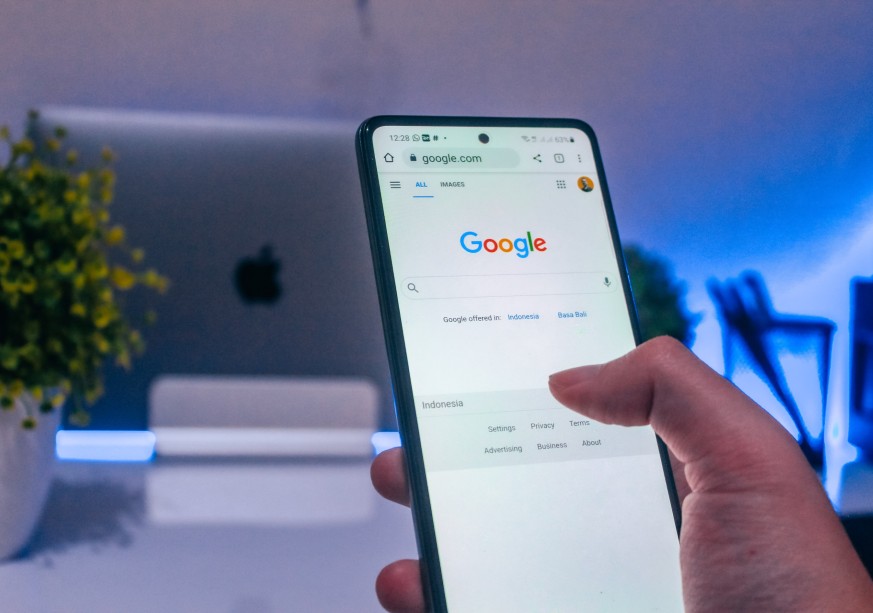
Whilst page speed has always been an important factor for overall user engagement, Google has now raised the bar. The expectation from users for quick, reactive sites has led to the latest Core Web Vitals ranking update to include page speed and loading times as key ranking factors.
No longer will slow sites get by without optimising for the new criteria. To help you understand how the new Google ranking update may affect your site, we’ve pulled together everything we know about Core Web Vitals and what to look out for to improve your page speed.
What is the Google Core Web Vitals update?
Page speed is important for your user, making it important for Google. Core Web Vitals was announced by Google last year and focuses on creating a better page experience using criteria such as loading speed and mobile-friendliness.
We're announcing that page experience ranking signals for Google Search will launch in May 2021. This will combine Core Web Vitals and previous UX-related signals.
— Google Search Central (@googlesearchc) November 10, 2020
Learn more: https://t.co/OrrR8LDl1a
Googles Core Web Vitals offers new guidance on quality signals essential to user experience. Whilst this update opens up opportunities for brands to boost their rankings, it also requires careful consideration of the new criteria. The rollout began in June 2021 and will continue throughout the Summer, ramping up to 100% in August. So, what do you need to consider to make the most of this update?
At the heart of this update is what is referred to by Google as ‘page experience criteria’. These take into account mobile-friendliness, the presence of intrusive ads, whether the content jumps around as the page loads and page speed.
Simply put, Core Web Vitals are real-world user metrics that give scores on aspects of your page. They fall into 3 distinct measurement categories:
- Loading performance
- Interactivity
- Visual Stability
What is affecting your page speed?
Page and loading speeds are at the heart of the new Core Web Vitals ranking update, so brands need to understand what good looks like and the causes of slow speeds.
When a client experiences slow loading speeds, it’s common for them to assume the worst, thinking the root of the problem relates to the back-end system. In reality, it’s often the case that something simple on-page is causing the issues. There are common elements that cause problems with page speed that we regularly advise our clients on to optimise the user experience.
The number one biggest culprit can be image sizes and dimensions. When images are larger than they need to be on a website, they take longer to load; it’s as simple as that. To solve this, we start with resizing images down to the correct dimensions for the space they’re in. Then we compress the file size and publish out all image changes.
Tracking scripts can be another cause of slow page loading speeds. The more scripts you have, the longer the page takes to load. Whilst some scripts are necessary, others may be old or unused. By reviewing the scripts on the page, we can condense or remove those causing the issues, allowing the site to run faster. The same goes for plugins. If you’ve got multiple plugins being loaded when a page is opened or several APIs being called, then the page speed time can increase. The key is to make sure you’re only using ones that are needed and that they come from reputable sources with updated code.
Large videos on your site do wonders for user understanding and engagement, but unfortunately, they can slow page loading speed, especially on mobile. Consider whether larger videos are necessary on reduced screen sizes such as mobile and where these videos are being hosted. Are they being uploaded directly to the website? Or called from a platform such as Youtube or Vimeo? Videos hosted on your website should be compressed to improve user experience.
Whilst animation and lots of javascript on sites can be fantastic for interactivity, it can come at a cost, with too much causing a massive drain on speed. This is where compromise may be necessary. It’s up to you to decide whether the animations are worth it or if faster loading could offer a better experience. Not to fear. Deleting these elements altogether may not be the only answer. We can consider delaying the loading in of certain elements so they don’t impact the initial load of the page. Instead, they are only called when they’re needed.
How we help.
Our team put sites through rigorous testing before go-live and continue to keep track of factors affecting the usability of the site.
When there is an issue with a website’s speed, we always run it through Google’s page speed insights and GTMetrix to get an overview of how the search engine sees the site. This identifies where the pain points are, showing us what areas need our attention.
Depending on the report's output, our designers or developers are on hand to tackle the issue head-on. We work with clients to make the necessary amends whilst maintaining as many images, videos or plugins as possible. It’s a careful balance between improving the issue and keeping the page elements that are needed. Once all actions have been taken and published out, we review the site again after 30 days, giving time for Google to review the impact of the changes.
It is an ongoing task with page speed and something that must be monitored as sites are consistently evolving.
What can you do to monitor your score?
Don’t panic! Measuring Core Web Vitals can be done through many existing tools, helping you understand how and where your site can be improved.
- Search Console
- PageSpeed Insights
- Lighthouse
- Chrome DevTools
- Chrome UX Report
- Web Vitals Extension
Websites are constantly changing, new elements are added, and issues can crop up from time to time. Because of this, it’s important to monitor the user experience of your site in line with the new Google ranking factors. For more information on page experience or to speak to an expert about how your site could be improved, get in touch with us today.






